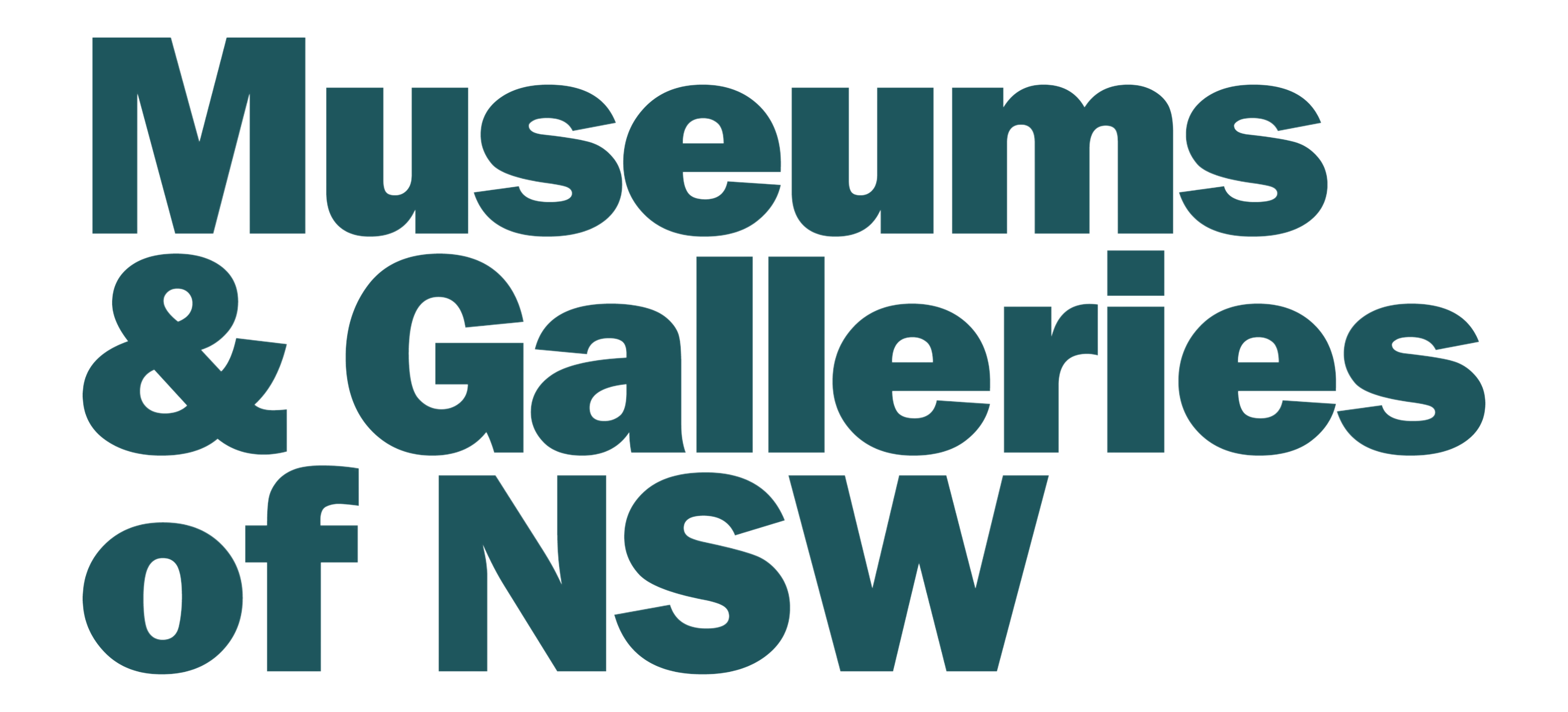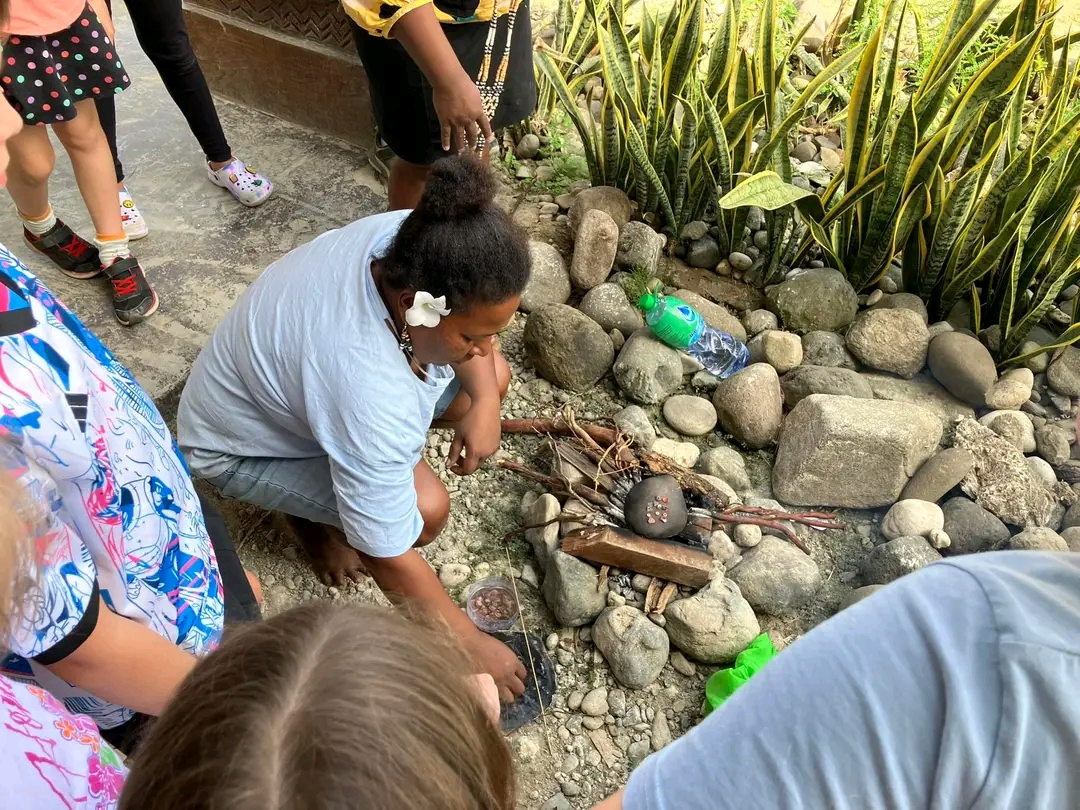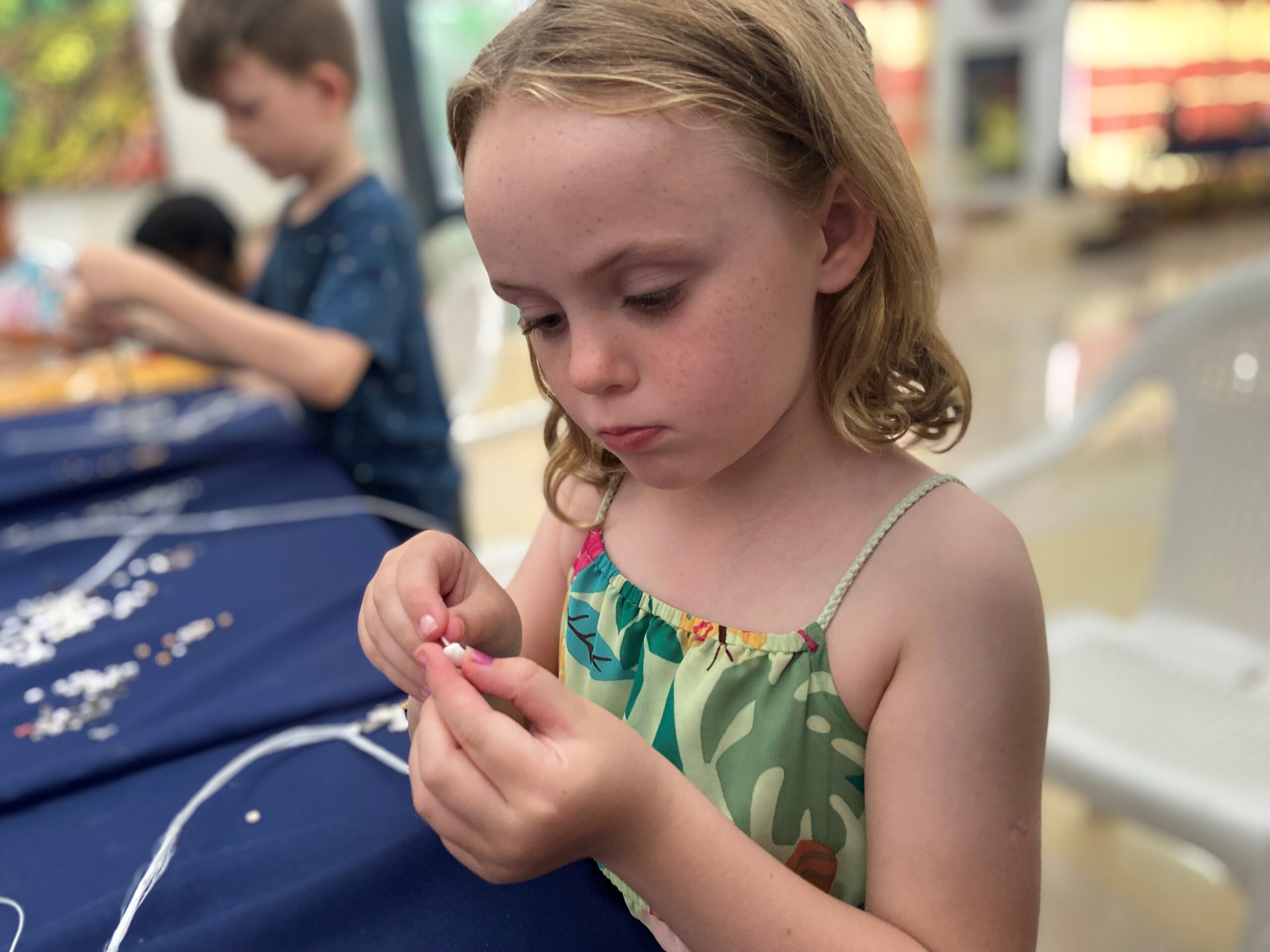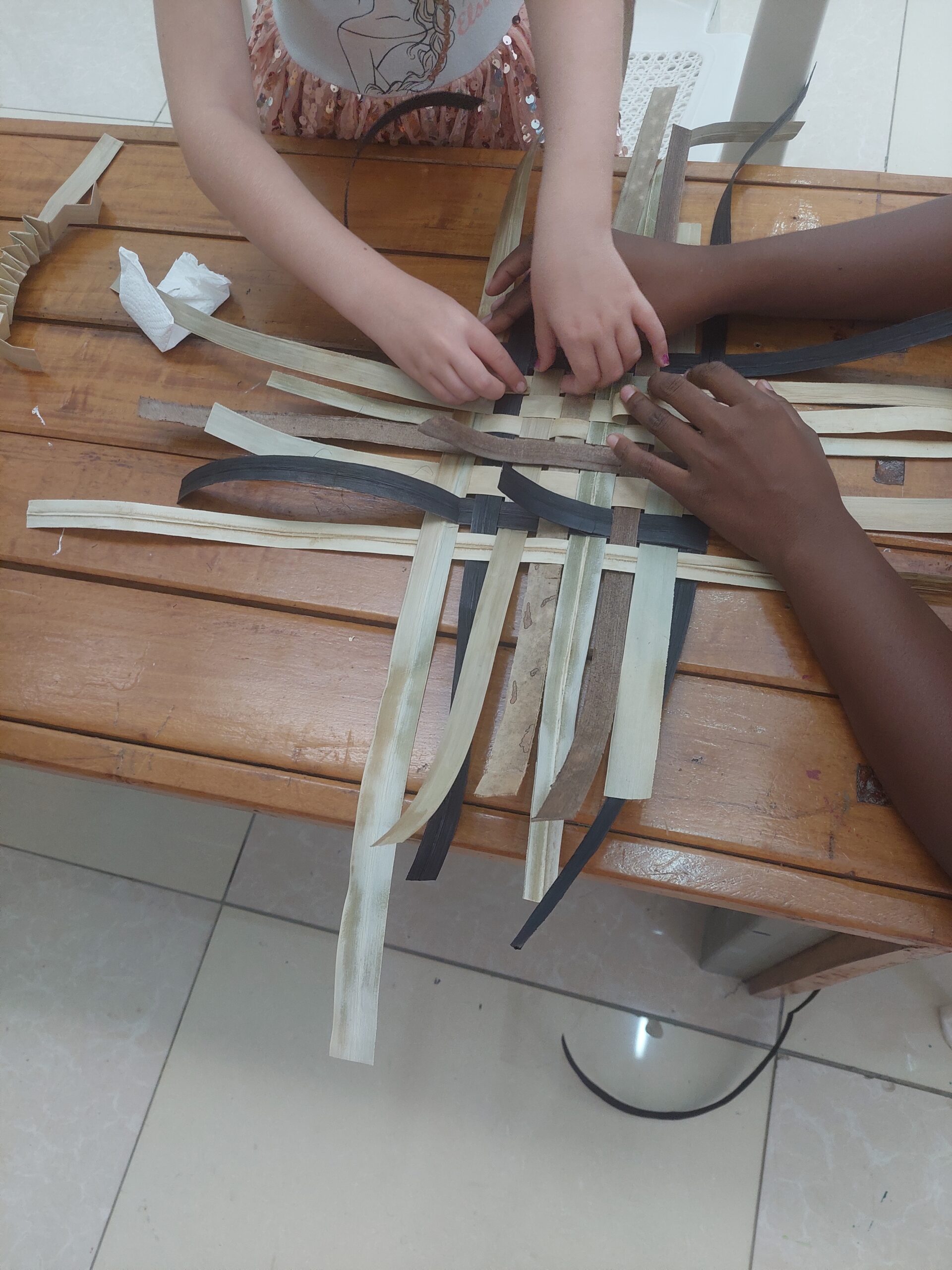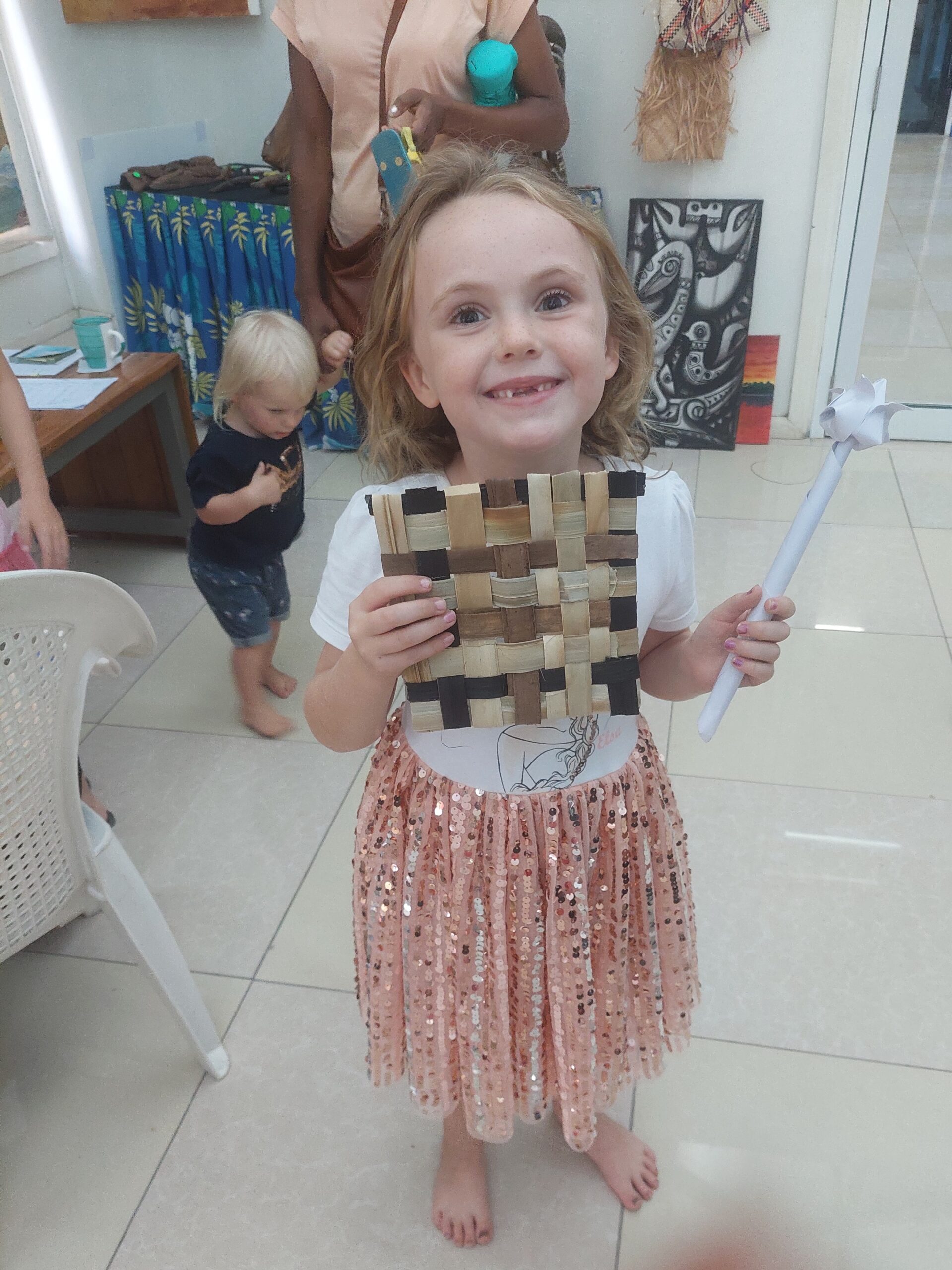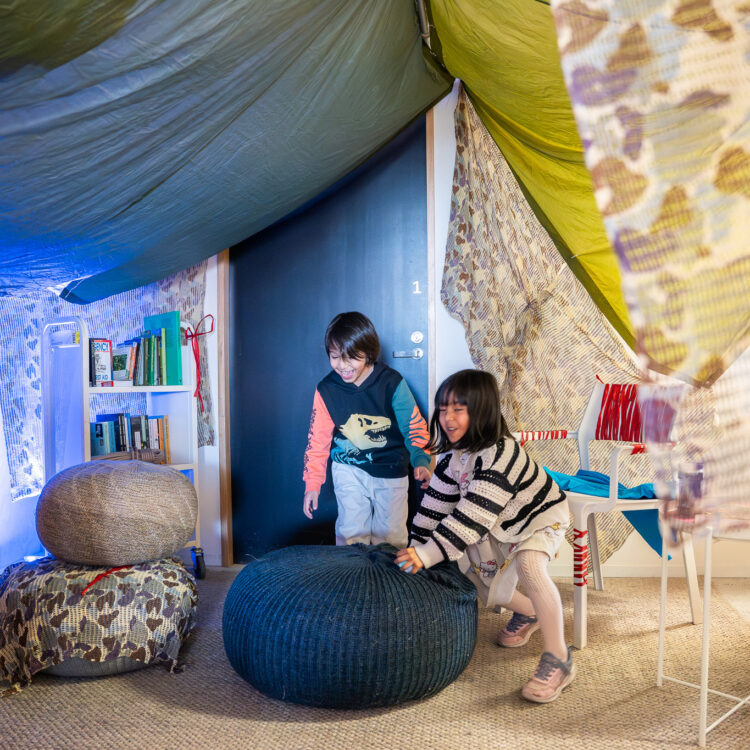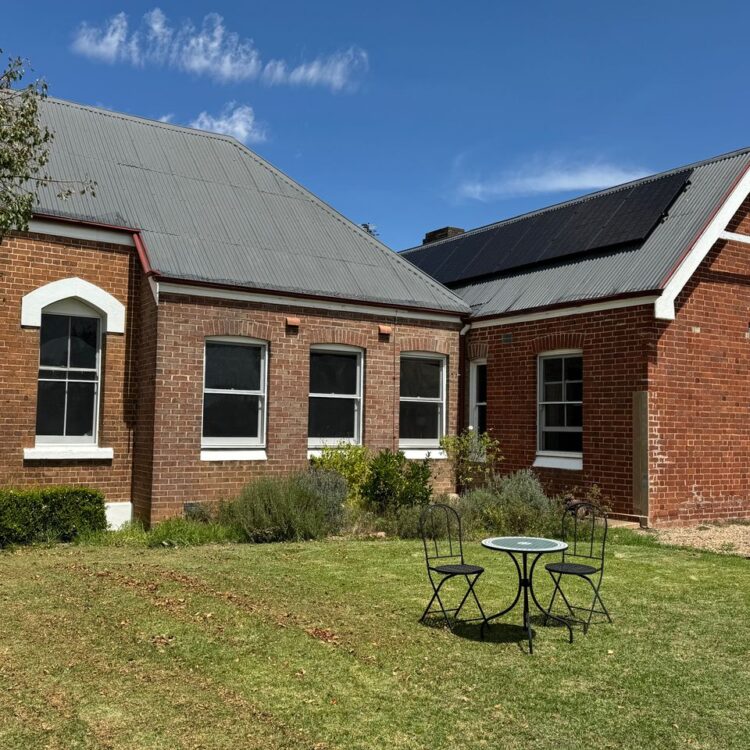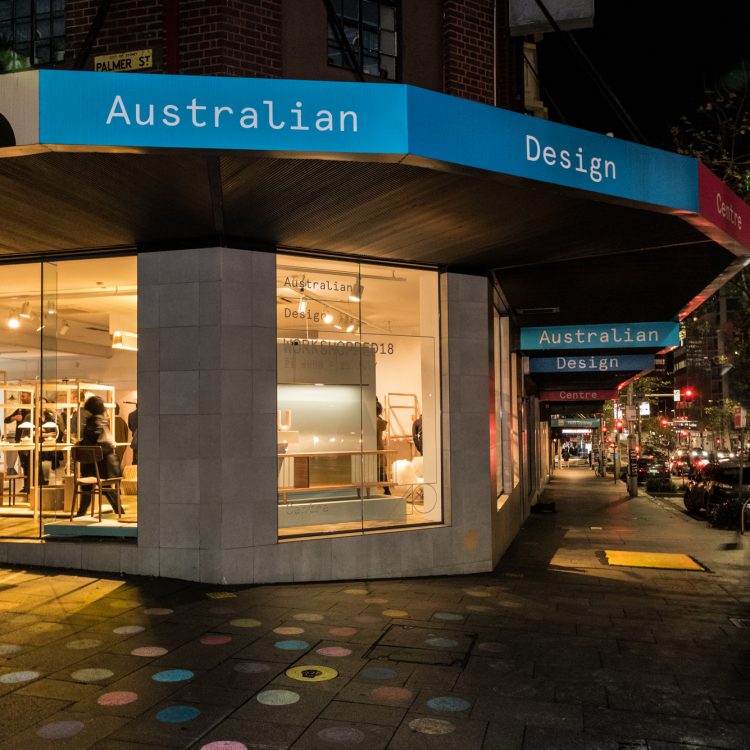Alison Wishart reflects on her six-month volunteer role at the National Art Gallery, Solomon Islands, through the Australian Volunteers Program. Despite limited resources, Alison has focused on locally led solutions, such as developing policies and running creative public programs.
What is it like to be an international volunteer at the National Art Gallery, Solomon Islands?
Do you ever stand in your gallery or museum and think, ‘if only we had more time/money/staff/support we could achieve so much more’?
In some ways, the Solomon Islands National Art Gallery faces the same challenges as many galleries and museums in Australia: there’s never enough money to do what you want to do, and the staff are over-worked and under-paid. However, the lack of funds and staff is even more extreme here. There are only four staff at the national art gallery: a gardener, cleaner, receptionist and one curator. There is no budget for building the national collection.
My volunteer assignment was developed in partnership between the Solomon Islands National Art Gallery and the Australian Volunteers Program, an Australian Government funded initiative which connects skilled volunteers with partner organisations in the Pacific, Asia, and Africa. The primary purpose of my role is to mentor the curator and assist her in improving the visitor experience and tourism potential of the art gallery.
When I walked into the art gallery, I could immediately see some ways to improve it, and if you gave me a budget, a procurement policy, and introduced me to the right people, I could get started. However, I have never done this type of work in Solomon Islands, and this would go against the purpose of the assignment and the ethos of the Australian Volunteers Program.
My role is to mentor and work alongside curator Julie Fakaia, not to impose my ideas. Julie asked if we could start by writing a collection development policy and exhibition policy, so that’s what we’ve been doing. It’s a very good place to start. We discuss each section of the policies and think about what will work in the context of Solomon Islands. For development to be sustainable, it needs to be locally led.
It is very easy to take a ‘deficit’ approach to the work and focus on what the gallery lacks: proper lighting, a hanging track, climate control, dust-free storage, a collection database, interpretation, an exhibition plan, a registrar… I could go on. Instead, I’m trying to take a strengths-based approach – what can we do with the resources that are available?
What the gallery has, is a cohort of skilled artists and artisans who are trying to earn a living through their art. What Honiara has, is a large expat community who are looking for non-screen-based activities for their children in the school holidays. We brought these two together in June, by engaging artists to teach children how to make jewellery from shell money (a traditional form of currency), weave a placemat from pandanus (a local plant), and stencil a drawing on to tapa cloth (a kind of barkcloth). The ‘Pikinini Art classes’ (Pikinini is a Pidgin term for child in Solomon Islands) were my first experience of coordinating public programs for children. I’ve learnt some things we can do differently next time, but overall, they were a success, and made a small profit, which we can re-invest in the gallery’s infrastructure.
My volunteer assignment is for six months and I’m nearly at the halfway point. It has given me an opportunity to use my 20 years of experience in the GLAM sector in a way that builds capacity in a developing country. I’m learning to be even more patient and flexible and to set aside my anxieties and judgement when we do things the ‘Solomon way’. On the weekends and during my annual leave, I can explore some of the 992 islands and marvel at the amazing marine life (hello Nemo and Dory!)
There are more assignments in the GLAM sector in the Pacific, so if you are interested, it’s worth subscribing to the Australian Volunteers Program Assignment Alert emails.
You can read more about what it’s like to volunteer in Solomon Islands in my weekly updates, which I publish on LinkedIn. Updates 4 and 9 focus on the art gallery.
Alison Wishart has worked as a senior curator or collection manager at large and small museums and libraries in eastern Australia. She is also a member of the Create NSW Museums and History Artform Board, works freelance as an oral historian, and wishes she could draw.
